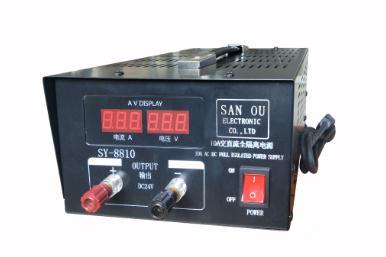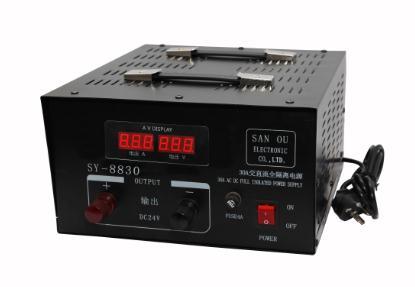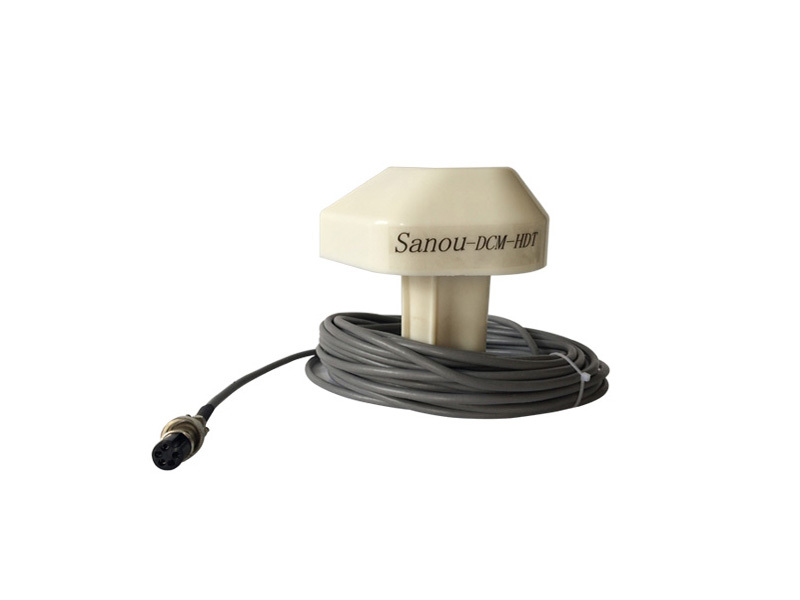News Center
Understanding the Importance of the Furuno 1831 Radar Plug: A Comprehensive Guide
Radar level measurement utilizes electromagnetic waves to determine the level of materials in a vessel. The Furuno 1831 radar plug plays a pivotal role in this process by ensuring proper connectivity between the radar unit and the display or control systems. With its 24-pin square configuration, this plug is designed to handle multiple signals, enabling the transmission of data necessary for accurate and real-time monitoring.
One of the primary benefits of utilizing the Furuno 1831 radar plug is its ability to provide stable and interference-free signals. This is especially important in environments where various types of equipment may be operating simultaneously. The robust design of the 24-pin square plug ensures that the connections are secure and resistant to environmental factors such as moisture, dust, and temperature fluctuations. This reliability is crucial for maintaining the integrity of the radar system and ensuring that it continues to operate effectively over time.
Moreover, the installation and replacement of the Furuno 1831 radar plug are straightforward, which can save time during maintenance procedures. By choosing a compatible plug, operators can ensure that their radar systems function optimally without experiencing downtime. This ease of use is particularly beneficial in industries where quick adjustments and repairs are necessary to maintain operational efficiency.
In addition, understanding the specifications of the 24-pin square Furuno 1831 radar plug allows users to make informed decisions when selecting components for their radar systems. Awareness of the necessary electrical ratings, dimensions, and compatibility with existing devices ensures that the plug will fit seamlessly into the overall system architecture.
In conclusion, the Furuno 1831 radar plug, with its 24-pin square configuration, is an essential component that significantly enhances the performance of radar level measurement systems. Its durability, ease of installation, and ability to provide interference-free signals make it a vital part of reliable radar operations. By understanding the importance of this plug, industries can improve their measurement accuracy and, consequently, their overall efficiency. Whether you are in shipping, manufacturing, or any other field that relies on accurate level measurement, being well-informed about the Furuno 1831 radar plug can lead to better decision-making and improved operational outcomes.
Related News
Understanding the Benefits of a 1 in 4 Out Signal Distributor for Electronic Components
Understanding the Benefits of a 1 in 4 Out Signal Distributor for Electronic Components Table of Contents 1. Introduction to Signal Distribution 2. What is a 1 in 4 Out Signal Distributor? 3. Key Advantages of Using a 1 in 4 Out Signal Distributor 3.1 Enhanced Signal Integrity 3.2 Improved Signal Distribution Efficiency 3.3 Flexibility in System Desi
Understanding the 1 in 10 Out Signal Distributor: A Key Component in Optoelectronic Applications
A 1 in 10 out signal distributor is a specialized electronic device that takes a single input signal and replicates it across multiple output channels—in this case, ten outputs. This function is crucial in various applications, including telecommunications, broadcasting, and data transmission systems. The ability to distribute a single signal to multiple outputs ensures that information can reach
Unlocking the Benefits of the Furuno 1831 Radar with a Quality 24 Pin Square Plug
Unlocking the Benefits of the Furuno 1831 Radar with a Quality 24 Pin Square Plug Table of Contents 1. Introduction to Furuno 1831 Radar 2. Key Features of the Furuno 1831 Radar 3. Advantages of Using a Quality 24 Pin Square Plug 4. Installing the Furuno 1831 Radar with a 24 Pin Square Plug 5. Maintenance Tips for Optimal Performance 6. Troubleshooting Common




